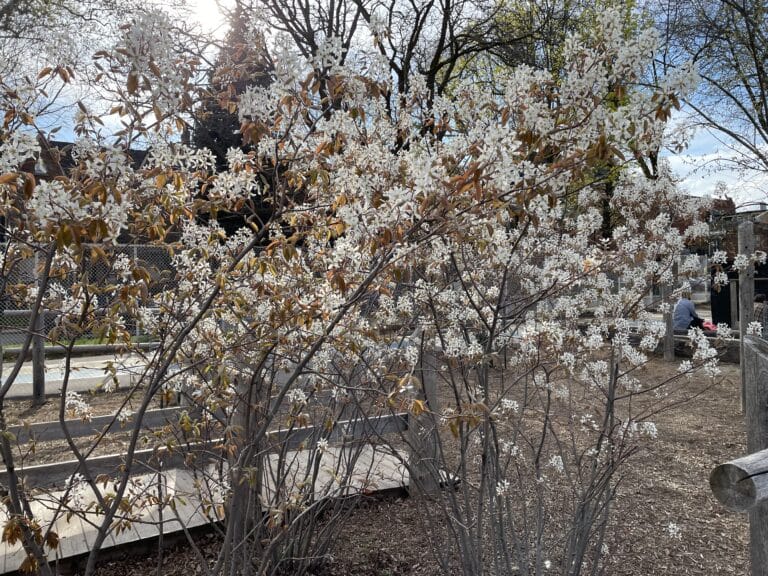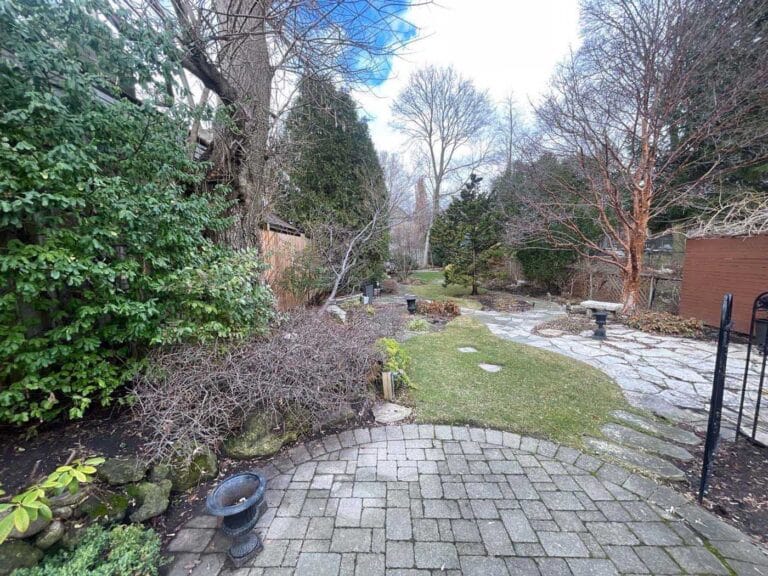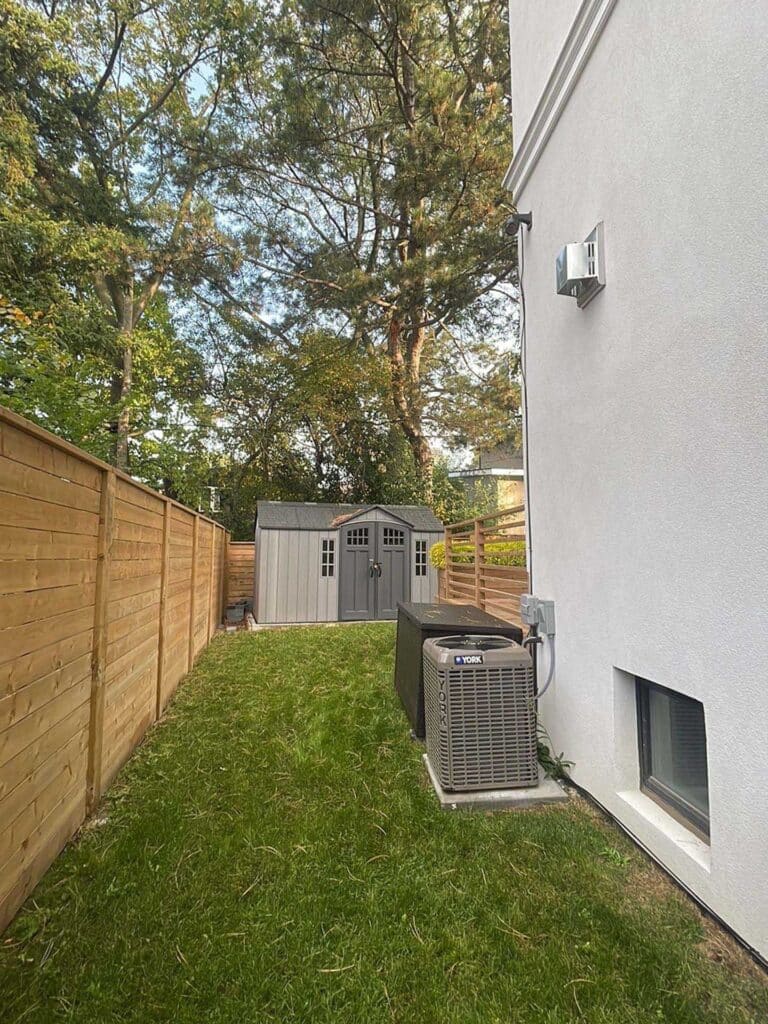Trimming your tree for a view
You might call us to prune your trees for various reasons: the tree’s health, dangerous branches or nuisances, along with regular maintenance pruning. One other slightly less common but notable reason is to improve or restore a view.
We all want our property to look its best. When your home or garden starts to look overgrown and lacking light, tree pruning can open up a view again. If you chose your home or a favourite room for its beautiful views, don’t let an unruly tree interfere!
Pruning can bring back a view of the lake, a park, garden or neighbourhood.
What is vista pruning?
Vista pruning is a type of tree trimming that provides a view to another area. For example, you may have had a view of the CN Tower from your bedroom window that has been blocked over time by the growth of a tree. Vista pruning will restore this view by removing tree branches interfering with it.
When should vista pruning be done?
Vista trimming should be done when the tree is in full leaf to allow for arborists to assess the impact of the tree on the view. If the tree is cut in winter, it is possible to take too much or too little without knowing where the leaves and branches grow when they are green.
Tree Views
Not only can pruning improve the view through or around your tree, it can improve the aesthetics of the tree itself. Pruning helps your tree look its healthiest. An arborist can trim the tree to show off its best features. Additionally, pruning helps your tree to better grow leaves, flowers or fruit.
It can also clean up any unwieldy branches, twigs or sprouts that may affect the look of your property from afar.
Who to get for tree pruning
Certified Arborists at a Toronto tree service will make sure your tree pruning is done effectively. Overpruning or incorrect pruning can affect your tree’s health. They’ll also know the best pruning method to open up your view while ensuring your tree stays healthy for years to come.
We’re not called Vista Tree for nothing! If you want to improve your views from your home, contact Vista Tree Management for a free consultation on pruning to make your home look its best.








